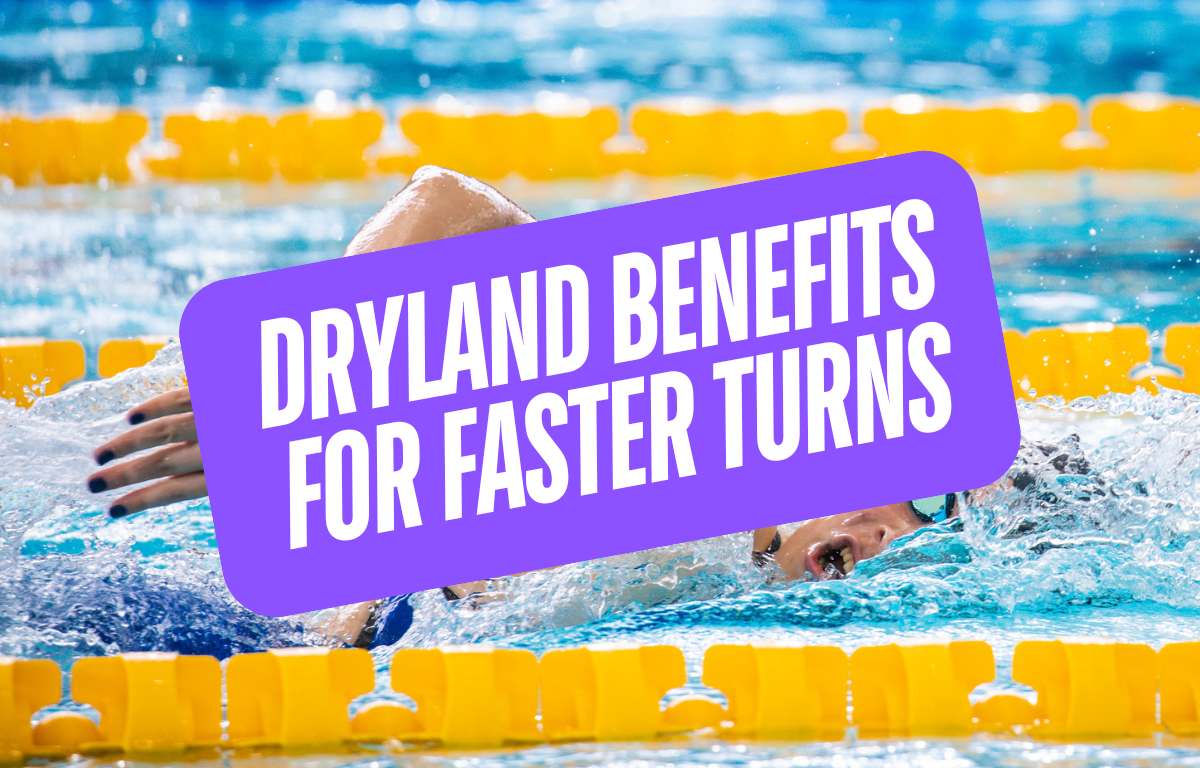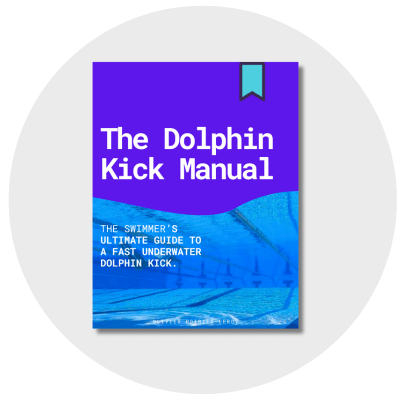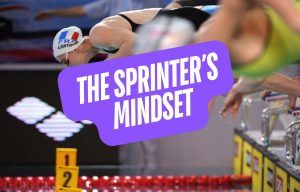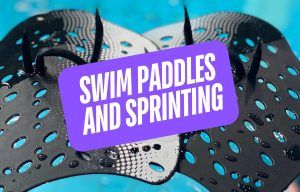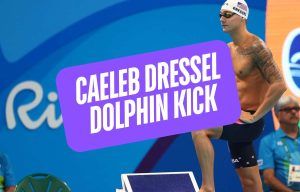Want more speed and power in and out of the walls? Here are some of the ways that dryland training can boost your turns.
Swimmers (especially short course) know that races and PBs are often won or lost in the turns.
And yet, turns remain one of the most overlooked areas for improvement each time swimmers hit the pool. After all, how many turns can you say that are done with precision and power at the pool?
Most? Many? Some? Err, a handful? (Not ideal.)
Well-executed turns do more than just save a few tenths, they maintain momentum, sets up your underwater dolphin kick, and powers a fast, explosive breakout.
Beyond being more aggressive in and out of the walls, how do you train the body to be faster and stronger through the turns?
The answer: dryland, baby!
A growing body of research shows that targeted dryland training programs, including strength, ballistic, plyometric, and core, can significantly improve the speed and even the mechanics of your turns.
So, in this guide, we’ll break down the ways that dryland benefits better performances on the wall.
Let’s dive in and get our turns on.
Benefits of Dryland for Turn Performance
Turns affect every phase of the wall, including the approach, flip, push-off, streamline, underwater dolphin kick, and breakout. Improve some of most of these segments, and you are well on your way to dropping some serious time.
While dryland won’t replace the daily practice, timing, and attention to technique, it gives us the raw materials (force, speed, and stability) that help make our turns sparkle.
A 2021 study by Hermosilla et al. reviewed available research on dryland training interventions and their impact on turn performance. And wouldn’t ya know, dryland training is great for turns.
Higher push-off force
The ability of push off harder against the wall or bulkhead is key for launching us down the pool. Strength training builds the lower-body power that helps you generate a ton of force on contact.
In a study with elite swimmers, Jones et al. (2018) found that peak impulse—the total force swimmers applied during the push-off—increased by over 20% after six weeks of strength training. Exercises included the standard barbell back squat, CMJ, leg press, and leg curl.
This higher impulse means swimmers had more “oomph” when they pushed off the wall, leading to higher velocities coming out of the turn.
Faster time to 5m
Plyo makes intuitive sense for swimmers looking to get out of the walls faster. Once the feet are planted, we are essentially performing a squat jump off the wall.
One of the most intuitive forms of dryland for faster turns is plyometric training. Plyo exercises like depth jumps and box jumps are very similar to what’s happening in the water. Once the feet are planted on the wall after we tumble, we are essentially performing a jump squat to push off.
Multiple studies (Bahadoran et al., 2012; Potdevin et al., 2011; etc.) utilizing plyometric training reported faster 5m times after after the intervention. These explosive movements train the legs and nervous system to react faster and apply force more quickly.
Shorter wall contact time
Faster turns mean charging into the wall (“attacking” the wall), maintaining a streamlined position while tumbling/turning, and using lots of force when pushing off.
But swimmers should also be focused on spending less time on the wall. Watch elite swimmers like Jordan Crooks, Gretchen Walsh, Michael Phelps, Maggie Mac Neill, and you see very short wall contact time. Enough to plant the feet and bounce.
Bahadoran et al. (2012) showed that dryland training shortened wall contact time without sacrificing power.
That’s the ultimate win: we generate more force in less time, leading to less time on the wall and more speed coming off of it.
Improved post-turn velocity
Core training is the essential dryland activity that swimmers of all levels should be doing (it’s that important). A study by Karpinski et al. (2020) tested a group of national-level swimmers to see the effects of a six-week core training program.
Among the benefits, including faster swimming velocities and quicker reaction times off the starting block, swimmers also had way more speed coming out of the wall. Post-turn velocity increased by 24% and swimmers got to 5m in times that were 26% faster.
Why does a strong core power faster turns?
Because it improves body alignment and maintain a tighter streamline when shooting off the wall.
Greater glide speed and acceleration
Acceleration is hugely important following the turn and push-off. The faster you can accelerate into the streamline, the more distance you’ll cover with your underwaters and the cleaner the breakout.
Plyometric training helps here, too, with Potdevin et al. (2011) seeing an increase of 5.4% in glide speed and a 29% increase in average acceleration after six-weeks of bounding and jumping. Swimmers exited the wall faster and got up to speed sooner.
More gas, less brake when pushing off!
What This Means for Swimmers
Here’s how to apply these findings:
- Increase push-off force with strength exercises like barbell back squats, split squats, and deadlifts.
- Reduce wall contact time with plyometric exercises like squat jumps, depth jumps, countermovement jumps and bounding drills.
- Improve streamlining and body control with core exercises such as planks, Swiss ball knee tucks, long lever planks, and pot stirrers.
As you build strength, power and stability in the gym, ensure that you are combining with an increased eye on turn technique to maximize transfer.
The Bottom Line
If you are looking for faster turns, a smartly designed dryland training program is a must. It gives you the raw ingredients that translates directly to faster, more efficient turns in the water.
From higher push-off force to quicker turnaround times to increased body control, there is a lot of improvement to be found in the pool by training in the gym.
Happy swimming!
The Ultimate Guide for a Faster Underwater Dolphin Kick
Want help leveling up your underwater dolphin kick? The Dolphin Kick Manual is the ultimate resource for helping swimmers and swim coaches develop a world-class underwater dolphin kick.

The Dolphin Kick Manual is a beastly 240+ pages of actionable insights and research into elite dolphin kicking technique and performance. It details everything from mastering undulation to vortex recapturing to structuring a dryland program for dolphin kicking success.
It combines evidence-based insights with a collection of 20 ready-to-go sets and a 6-week Action Plan to help swimmers set a course for dolphin kicking success.
Train smarter and kick faster.

